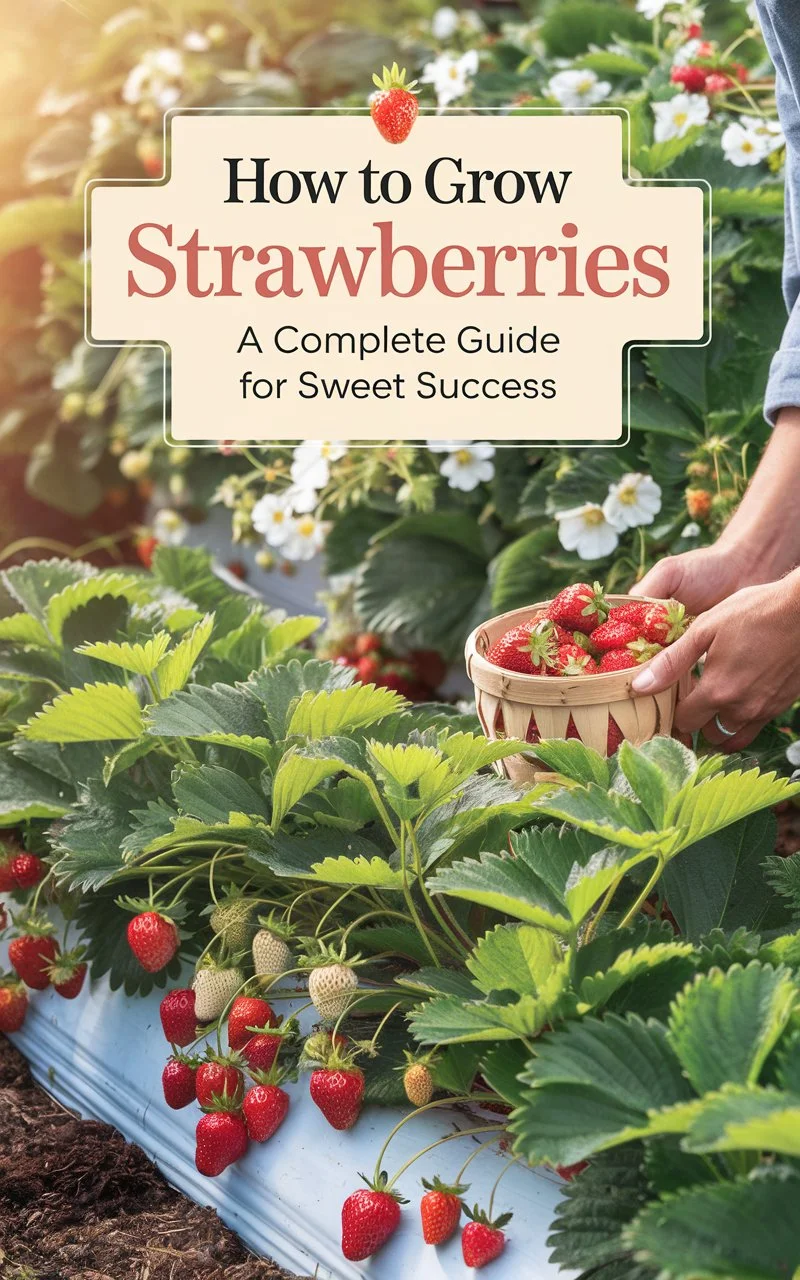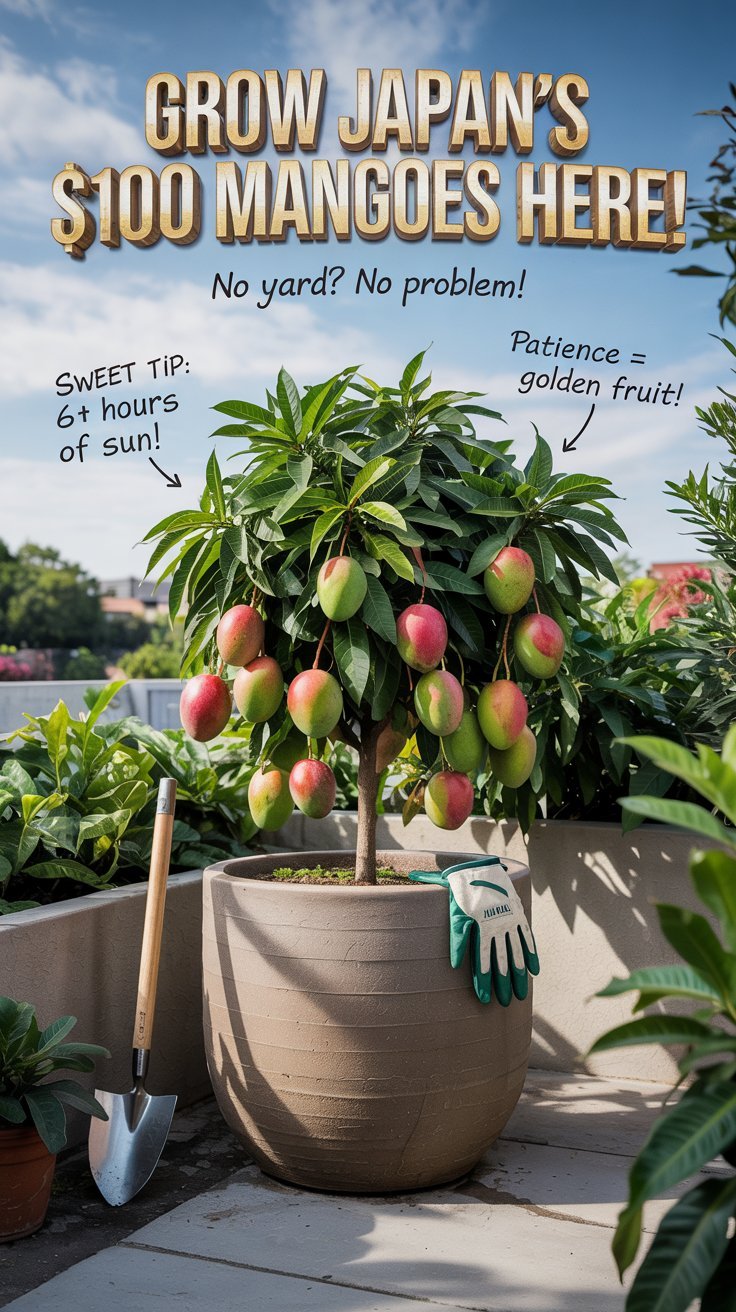Learn how to grow delicious strawberries in your garden with our comprehensive 2024 guide. Discover expert tips on planting, care, and harvesting for a bountiful crop. Perfect for beginners and experienced gardeners alike!
Growing strawberries is a rewarding experience that brings the joy of fresh, juicy fruits right to your garden. Whether you’re a novice gardener or an experienced horticulturist, cultivating strawberries can be a delightful and fruitful endeavor. This comprehensive guide will walk you through every step of growing strawberries, from choosing the right varieties to harvesting your sweet rewards.
As a professional horticulturist with over two decades of experience in fruit cultivation, I’m excited to share my expertise on growing these beloved berries. Let’s dive into the world of strawberry cultivation and unlock the secrets to a bountiful harvest!
Why Grow Your Own Strawberries?

Before we get into the how-to, let’s consider the benefits of growing your own strawberries:
- Freshest possible flavor
- Control over pesticide use
- Cost-effective compared to store-bought berries
- Wide variety of cultivars not available in stores
- Educational experience for children and adults alike
Now, let’s explore the process of growing strawberries step by step.
Step-by-Step Guide to Growing Strawberries
1. Choose the Right Variety

Why It’s Important: Different strawberry varieties have unique flavors, sizes, and growing requirements.
How to Do It:
- Decide between June-bearing, everbearing, or day-neutral varieties.
- Consider your climate and growing conditions.
- Popular varieties include ‘Honeoye’, ‘Chandler’, and ‘Seascape’.
2024 Trend: Climate-adaptive strawberry varieties are gaining popularity due to changing weather patterns.
Pro Tip: Grow a mix of varieties to extend your harvest season and experiment with flavors.
2. Prepare Your Planting Site

Why It’s Important: Proper soil preparation ensures healthy plant growth and abundant fruit production.
How to Do It:
- Choose a sunny location with well-draining soil.
- Test soil pH and aim for 5.5 to 6.8.
- Amend soil with organic matter like compost.
2024 Update: New soil testing kits with smartphone integration are making pH adjustment more precise for home gardeners.
Pro Tip: Consider raised beds or containers for better drainage and easier maintenance.
3. Plant Your Strawberries

Why It’s Important: Proper planting depth and spacing are crucial for plant health and productivity.
How to Do It:
- Plant in spring or fall, depending on your climate.
- Space plants 12-18 inches apart in rows 3-4 feet apart.
- Ensure the crown is at soil level, neither buried nor exposed.
2024 Innovation: Biodegradable planting pots are becoming standard to reduce plastic use in gardening.
Pro Tip: Create a slight mound for each plant to improve drainage around the crown.
4. Provide Proper Care

Why It’s Important: Regular care ensures healthy growth and maximum fruit production.
How to Do It:
- Water deeply and regularly, about 1-2 inches per week.
- Mulch around plants to conserve moisture and suppress weeds.
- Fertilize with a balanced fertilizer before flowering.
2024 Trend: Smart irrigation systems tailored for strawberry patches are gaining popularity among tech-savvy gardeners.
Pro Tip: Use drip irrigation or soaker hoses to keep foliage dry and prevent fungal diseases.
5. Manage Runners and Flowers

Why It’s Important: Controlling runners and first-year flowers focuses the plant’s energy on establishing strong roots.
How to Do It:
- Remove runners unless you’re propagating new plants.
- Pinch off flowers in the first year for June-bearing varieties.
2024 Research: Studies are exploring the use of plant growth regulators to optimize runner and flower production.
Pro Tip: Use removed runners to propagate new plants for free.
6. Protect from Pests and Diseases

Why It’s Important: Preventive measures ensure a healthy crop and reduce the need for chemical interventions.
How to Do It:
- Monitor for common pests like slugs and birds.
- Watch for signs of diseases such as leaf spot or powdery mildew.
- Use organic pest control methods when possible.
2024 Update: New biopesticides specifically formulated for strawberries are becoming available for home gardeners.
Pro Tip: Encourage beneficial insects by planting companion flowers like marigolds and borage.
7. Harvest Your Strawberries

Why It’s Important: Proper harvesting ensures the best flavor and prevents overripe berries from attracting pests.
How to Do It:
- Pick strawberries when fully red, leaving the cap on.
- Harvest in the morning when fruits are cool.
- Gently pull berries with a quarter-inch of stem attached.
2024 Innovation: Harvesting robots for home gardens are in development, though hand-picking remains the best method for small plots.
Pro Tip: Don’t wash berries until just before eating to prevent mold growth during storage.
Best Practices for Strawberry Cultivation
To ensure the best results when growing strawberries:
- Rotate your strawberry patch every 3-4 years to prevent disease buildup.
- Renovate June-bearing varieties annually after harvest to maintain productivity.
- Protect plants from frost in winter with mulch or row covers.
- Practice crop rotation, avoiding areas where tomatoes, peppers, or eggplants have grown recently.
- Keep birds away with netting or reflective tape.
Conclusion: Enjoying the Fruits of Your Labor
Growing strawberries is a journey that rewards you with sweet, juicy fruits and the satisfaction of nurturing plants from start to finish. By following these steps and best practices, you’ll be well on your way to becoming a successful strawberry grower.
Remember, gardening is a learning process, and each season brings new insights. Don’t be discouraged by initial challenges – with patience and care, you’ll soon be enjoying bowls of home-grown strawberries.
For more information on strawberry cultivation and general gardening tips, visit resources like the National Gardening Association or your local cooperative extension office. Happy growing, and may your strawberry harvests be plentiful and sweet!
For more gardening tips and plant care guides, visit usagardenhub.com.




